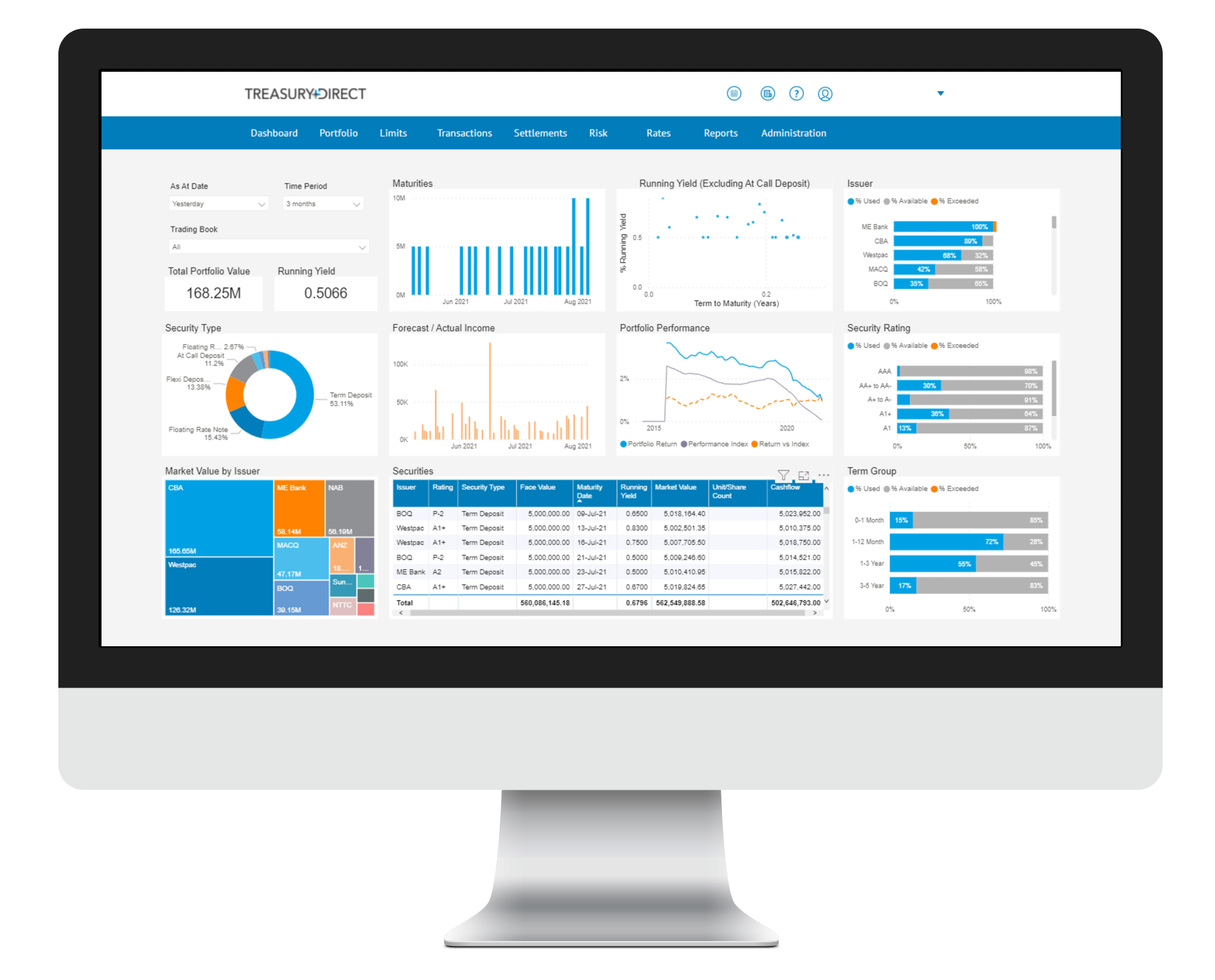Markets Overview
- ASX SPI 200 futures down 0.2% to 8,527.00
- Dow Average down 0.7% to 42,215.80
- Aussie down 0.7% to 0.6476 per US$
- US 10-year yield fell 5.8bps to 4.3888%
- Australia 3-year bond yield rose 2.5 bps to 3.37%
- Australia 10-year bond yield rose 2.4 bps to 4.26%
- Gold spot up 0.1% to $3,388.85
- Brent futures up 5.3% to $77.09/bbl
Economic Events
- 10:30: (AU) May Westpac Leading Index MoM, prior -0.01%
- 11:00: (AU) Australia to Sell A$900 Million 2.75% 2035 Bonds
Oil climbed and stocks in Asia are set to follow a slump on Wall Street as concerns mount that an escalation of tensions in the Middle East could trigger a more direct US involvement.
West Texas Intermediate crude rose as much as 1.1% in early trading after settling at the highest in almost five months on Tuesday. US equity futures edged lower, and contracts for Sydney, Tokyo and Hong Kong all pointed down after the S&P 500 lost 0.8%. Weak economic data reinforced the US decline and lifted bonds ahead of a Federal Reserve rate decision.
The dollar climbed the most in a month. Aside from geopolitical risks, Treasuries rose as tepid reports on retail sales, housing and industrial output supported bets the Fed will cut rates at least once more in 2025 if energy prices don’t become a threat to the disinflationary path.
President Donald Trump met with his national security team to discuss the escalating Middle East conflict, according to people familiar with the matter, fueling fresh speculation that the US is on the verge of joining Israel’s attack on Iran.
Trump posted a demand for Iran’s “UNCONDITIONAL SURRENDER” and warned of a possible strike against the country’s leader, Ayatollah Ali Khamenei. “We know exactly where the so-called ‘Supreme Leader’ is hiding. He is an easy target, but is safe there – We are not going to take him out (kill!), at least not for now,” Trump said on social media.
“For now, markets will remain mostly on edge until they lower the temperature in the region,” said Kenny Polcari at SlateStone Wealth.
Traders also kept a close eye on economic data, with US retail sales down for a second straight month, suggesting anxiety over tariffs and their finances prompted consumers to pull back after an early-year spending rush. Industrial production dropped and confidence among homebuilders hit the lowest since December 2022.
“Investors should still expect some volatility in economic data due to lingering effects of trade policy,” said Bret Kenwell at eToro. “The economy and the consumer are holding up for now, but there are signs of vulnerability. That could present risks in the second half of the year — particularly if we see a further slowdown in jobs or spending.”
With US central bank officials convening for a two-day meeting in Washington, traders continued to wager on just shy of two quarter-point rate reductions this year — with the first move fully priced in for October. The Fed is expected to hold rates steady in June and July, but may telegraph its intentions via revised economic and rate forecasts on Wednesday.
A fourth straight meeting without a cut could provoke another tirade from President Trump. But policymakers have been clear: Before they can make a move they need the White House to resolve the big question marks around tariffs, immigration and taxes. Israel’s attacks on Iranian nuclear sites have also introduced another element of uncertainty for the global economy.
“The Federal Reserve is navigating a narrow path,” said Seema Shah at Principal Asset Management. “We expect the Fed to wait until the fourth quarter before it reduces policy rates.”
“While there has been a strong buy-the-dip mentality with investors having been rewarded for fading negative news this year, we think it’s best to pull back on risk,” said Andrew Tyler, JPMorgan Chase & Co.’s head of global market intelligence, who correctly predicted a multi-week stock rally back in April through this point. “Positioning indicates that irrespective of Israel-Iran, the market was setting up for a pullback,” he told clients this week.
Global stocks will beat US equities over the next five years, according to Bank of America Corp.’s latest fund manager survey, adding evidence that investors increasingly see America’s market dominance as coming to an end.
Some 54% of asset managers expect international stocks to be the top asset class, while 23% picked US stocks, according to the survey. Only 13% said gold will deliver top returns, and 5% are betting on bonds. It’s the first time that Bank of America’s survey asked investors to predict which asset class will perform best over a five-year horizon.

